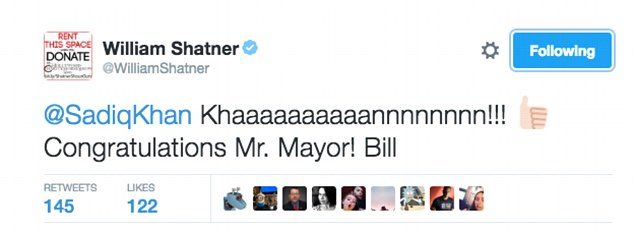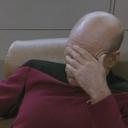Yeah, but they're wrong:
This was TNG/DS9/STV's problem and Stargate's problem. You get a new bad guy who is impervious to your previous technology, then a new story arc where you discover ways to get round this and eventually defeat them. Occasionally it would be only a mild defeat and then they'd come back later on better and badder for a new threat.
This happened in TNG with The Borg - who were an awesome bad guy, to be fair - and then on through DS9 and STV with the Dominion and Species 8472. It happened in Stargate with the Goa'uld, giving way to the Replicators (again, top marks for villainy there), giving way to the half-Ascended Anubis and his Kull Warriors, giving way to the Ori. Hell, it happened with Buffy the Vampire Slayer (vampires, specific vampires, demons, the government, a chimeric cyborg, an angry witch, a demonic god and ending with the entire concept of evil). Each time the team of heroes encounters something their technology can't cope with and over the course of the series they learn new tactics to exploit the one weakness or new technologies, which they apply in a season-ending blowout where they defeat the latest bad guy.
Sometimes, time travel, alternate realities or resurrection played a part. It can't do that again.
Where Enterprise worked was in knowing that the difference in technology here (First Contact) and here (NCC-1701) was limited and whatever villains they encountered had to be beaten within these constraints. Where it didn't work was literally everywhere else, hurling in villains never encountered in any of the previous Star Trek canon or even ever referred to - occasionally breaking canon (see Captain Scott talking to the Holodeck in TNG: Relics, which tells him that there have been five Federation star ships called Enterprise, not the six that NX-01 would make; okay so it started out as a Starfleet ship before the United Federation of Planets formed, but it was still in commission when that happened), but largely just relying on time travel and interdimensional beings.
They had 205 years of unexplored continuity to work with, and still ballsed it up. And then with the new films, they had all the new continuity in the world and ballsed that up too!
Between Undiscovered Country (or rather the prologue of Generations) and Encounter at Farpoint there's 71 years of canon that has only very rarely been touched upon. It covers the Enterprise B from its ill-fated maiden voyage, the Enterprise C to its last voyage and another 12 years of virgin territory. The technologies are known (only really the Holodeck is a new feature across this time) and the enemies are known (Klingons, Romulans) and equivalent. Barring things like Section 31, which have always been only lightly brushed upon, it's known ground with solid foundations but nothing built on it. As I said in 2005:





